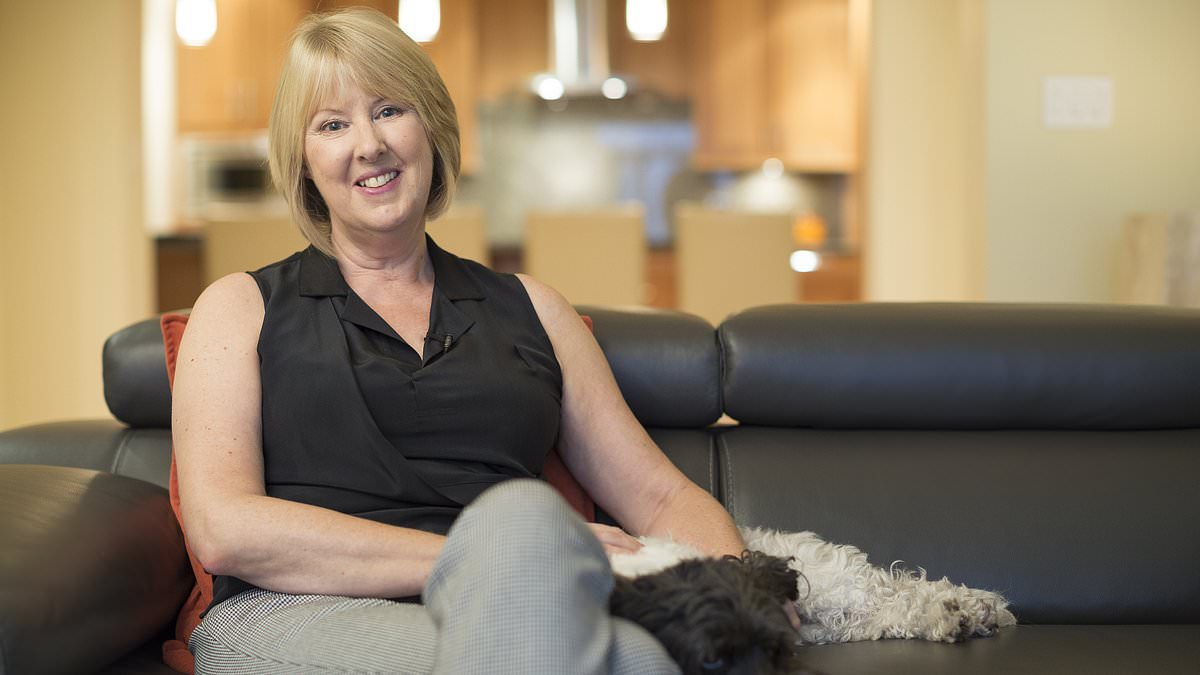Home / Health / Radon Exposure Rises as Remote Work Becomes the Norm
Radon Exposure Rises as Remote Work Becomes the Norm
17 Nov
Summary
- Radon levels in homes can be 10 times the safe limit
- Radon is the second leading cause of lung cancer in the UK
- Working from home increases annual radon exposure by 19.2%

As of November 2025, a growing number of UK homeowners are facing a hidden health threat in their own homes - dangerously high levels of radioactive radon gas. The problem has become more acute as the shift to remote work during the COVID-19 pandemic has led to a significant increase in annual radon exposure.
Radon, which forms underground when uranium in rocks and soil breaks down, can seep into buildings through cracks and gaps. While the gas is odorless and goes undetected, it can pose serious health risks, particularly for lung cancer. Experts warn that for every 100 becquerels per cubic meter (Bq/m³) increase over the average home radon levels, the risk of lung cancer rises by 16%.
Unfortunately, many homeowners remain unaware of the danger. A recent survey found that only 7% of households in high-risk areas have ever tested their homes for radon. This lack of awareness is especially concerning as a 2023 study showed that people who shifted to working from home increased their annual radon exposure by 19.2%.
With more people spending extended periods indoors, the cumulative dose of radon is rising, potentially leading to more lung cancer cases in the coming years. Experts are urging the government to take action, including mandatory testing in schools and new homes, to protect the public from this "invisible killer."




